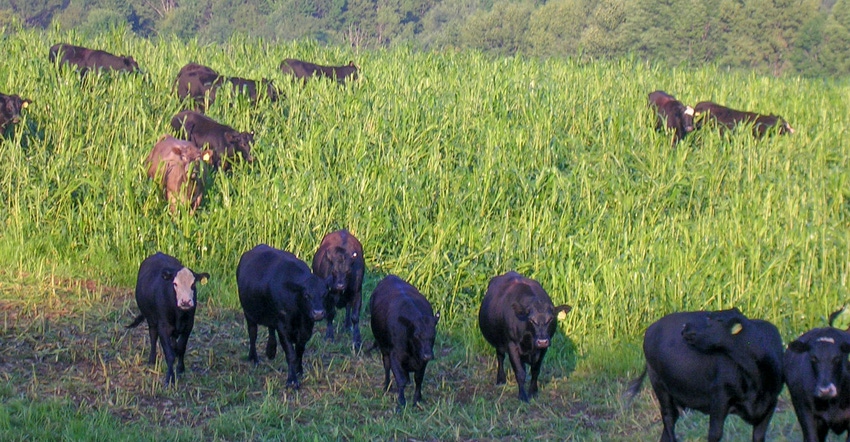July 31, 2020

Even before COVID-19, there has been a growing interest in sourcing food locally here in the Northeast.
To examine the bottlenecks in the beef supply chain for small- and medium-scale producers, a project was initiated under the leadership of Christian Peters, Tufts University, with partners from Cornell University and Design + Urbanism Architectural LLC.
The project was funded by the Agriculture and Food Research Initiative (AFRI) Foundational Program from USDA’s National Institute of Food and Agriculture.
There were four hypotheses. In the Northeast:
There is sufficient capacity to slaughter and process all animals sold for market.
Slaughter and processing demand exceeds capacity seasonally.
Spatial distribution of infrastructure leaves areas underserved.
There is biological capacity to expand grass-finished beef production.
An advisory board of producers, processors, retailers and Extension personnel was assembled to provide input and to “ground truth” the approach and review results.
An in-person interview of USDA-inspected plants was conducted in New York and New England. Of the 62 USDA inspected plants, 81% participated in the interview.
Four key restraints were identified:
1. Availability of good labor. Of the plants interviewed, 74% of plants indicated that labor was a constraint. Only about 50% said they wanted trained labor; what they needed were reliable employees with a good work ethic.
2. Cooler size and space. Plants can only process 50% of the animals they harvest each day, so processing and cooler space are critical to maintaining throughput.
3. Access to funding. Funding is available to build new plants, but not for updating or increasing processing capacity and cooler space.
4. Seasonality. Plants are currently turning business away in the fall and early winter months because of lack of labor and processing capacity.
Supply chain modeling showed that the region would hit a bottleneck in processing 10,000 beef animals per month.
Currently, packers in the region only process about 2,500 head a month. We have the feed resources — pasture and hay —
Room to graze
Using data from the USDA’s National Agricultural Statistics Service and Natural Resources Conservation Service, it was estimated that only 50% of pastureland in the region was being grazed. Additionally, current pasture and hay yields are only generating 50% of their economic potential. This yield gap could be addressed with increases in fertility and grazing management.
By subtracting land being used for horses and all ruminants, except beef, it showed that land was available to grass-finish an additional 300,000 head. This is in addition to all livestock currently on farms. If the higher economic pasture and hay yields were achieved, then the region could finish up to 800,000 head. The authors concluded that New York and New England could effectively produce 2.5% of the nation’s finished cattle on less than half of 1% of U.S. cropland and grazing land.
Increased costs
Using field data on pasture yield, quality and animal performance, models were used to examine the energy required to support a cow herd and grass-finish the offspring. Researchers looked at spring- and fall-calving scenarios to provide a year-round supply of cattle and address the packer seasonal bottleneck.
Energy requirements were not significantly different between spring and fall calving, but fall calving required higher-quality feed, which increased annual costs by 39%. Spring-calving cows can meet their nutrient requirements on cheaper pasture and are overwintered on lower-quality, cheaper feed, as they are not nursing calves.
So, what can we make of this study? The region has significant potential to expand grass-finished meat production. Areas of concern not addressed in this study, though, were the economics of grass-finished meat production; whether the land shown to be in pasture and hay was accessible; whether producers could implement practices that would reach higher economic yields; and what the cost of winter feed would be to support the additional cow herd and finished cattle.
The region’s slaughter and processing infrastructure could handle some expansion of production but would hit bottlenecks before realizing its full biological potential. Realizing this potential will require substantial coordination between supply chain members, supporting services and government.
Baker is a senior Extension associate in the Cornell Department of Animal Science.
You May Also Like




